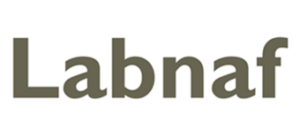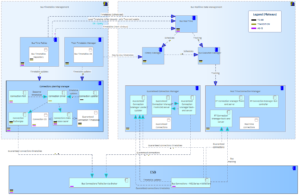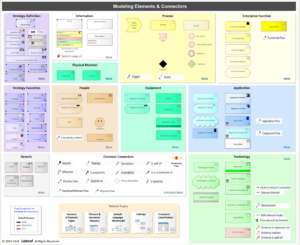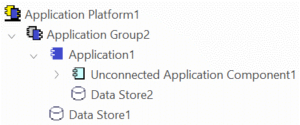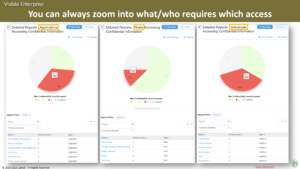The ability to model levels of architecture detail is essential for enterprise visualization and transformation.
Element and connector levels of detail play a crucial role in managing complexity and generating meaningful queries, reports, charts, and dashboards.
Mixing different levels of detail hinders the creation of meaningful visualizations. It leads to significant disruptions in both your portfolio management and solution architecture, potentially resulting in a state of chaos.
The relevance of each level of detail varies depending on the specific audience. For instance, the application portfolio manager finds application platforms and applications highly pertinent, as they help in effectively managing the application portfolio. On the other hand, the solution architect finds application components and data stores more relevant, as they assist in designing comprehensive solutions.
Levels of details need to be supported by the modeling language and by the metamodel
To effectively model architecture at different levels of detail, it is essential to have a language and a repository structure that incorporate precise levels of detail in both element types and connection types.
Additionally, a precise metamodel derived from accurate system semantics is highly desirable.
Sample repository structure for the application portfolio
Productivity Tools Leveraging Levels of Detail
Labnaf productivity tools leverage these well-organized models to perform cascaded calculations, consolidations, and generate implicit data. The enriched data resulting from these operations can then be visually represented using charts, which greatly enhances the decision-making capabilities.
For instance, in the context of optimizing security audits within a large organization, it becomes crucial to identify and consolidate all known flows of confidential information across various levels of the architecture. This includes individuals, processes, applications, and any supporting technologies, each analyzed at multiple levels of detail.
Labnaf brings simplicity, productivity, consistency and cross-discipline collaboration by merging more than 20 standards into one single process, one modeling language, one repository structure, and a well-organized collection of viewpoints and dashboards. It helps you understand your organization, identify risks, govern and secure business continuity, envision the future, plan transformations and describe architecture solutions using multi-dimensional portfolios, models, charts, reports and many other productivity features.
